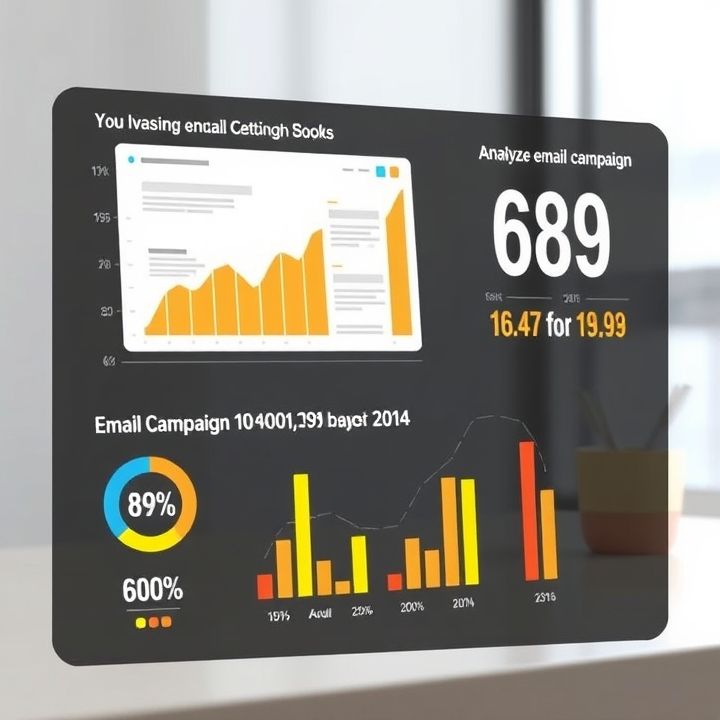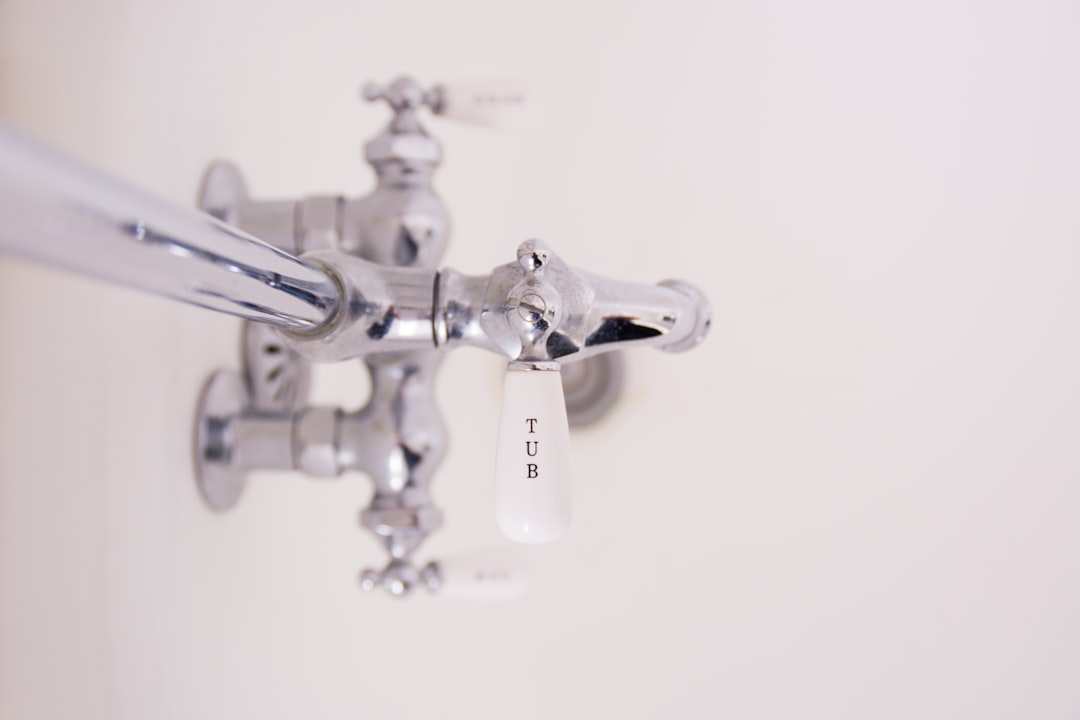Table of Contents
- Introduction
- Crafting personalized and relevant content
- Maintaining consistency in tone and style
- Ensuring transparency and honesty in communication
- Using professional design and branding elements
- Providing value through educational content
- Conclusion
- Frequently Asked Questions
Introduction
In the fast-paced digital age, where communication is key, how do you ensure that your emails don’t just get opened, but also trusted? Imagine your emails carrying the power of a face-to-face conversation, instantly fostering credibility and reliability with every click. You’re not just sending an email; you’re building a bridge of trust. But how can you unlock this secret formula?
Below is a visual representation that shows the dynamics of email marketing:
| Element | Impact |
|---|---|
| Subject Line | First Impression |
| Personalization | Customer Engagement |
| Content Relevance | Credibility |
| Call to Action | Response Rate |
Don’t underestimate the power of effective communication in the digital world. With expert strategies at your fingertips, you’ll learn how to transform your emails into tools of trust and reliability. Let’s dive into the tactics that will elevate your digital conversations to expert levels!
Crafting personalized and relevant content
Crafting personalized and relevant content is paramount in building trust and credibility through your email communications. Personalization goes beyond just addressing a recipient by their name. It involves understanding your audience’s needs, preferences, and interests, and then tailoring your message accordingly. By segmenting your email list based on demographics, past interactions, and purchase history, you can send more targeted and meaningful content.
Relevance is equally important. Ensure that the content of your emails addresses current topics or challenges faced by your audience. This not only showcases your understanding of their situation but also positions you as a reliable source of information. Combining personalization with relevant content fosters a sense of connection and demonstrates that you value your audience’s time and engagement.
Furthermore, personalizing and sending relevant content creates a differentiated experience that can help stand out in a crowded inbox. It significantly increases the likelihood of your emails being opened, read, and acted upon. Thus, consistently delivering personalized and relevant content can be a key strategy in establishing and maintaining trustworthiness with your audience over the long term.
Maintaining consistency in tone and style
Maintaining consistency in tone and style is crucial in building trust and credibility through email communications. Consistency fosters reliability and assures recipients of your professionalism. A consistent tone conveys your brand’s personality and values, whether that tone is formal, casual, friendly, or informative. This uniformity makes your emails easily recognizable and reassuring to recipients as they know what to expect from your communications.
Furthermore, maintaining a consistent style in emails—such as using the same font, format, and branding elements—helps create a unified look and feel. This reinforces your brand identity and makes your communications appear more polished and professional. Paying attention to these details demonstrates your commitment to quality and credibility.
It’s also important to consider your audience when developing your tone and style. Knowing your readers’ preferences and expectations allows you to tailor your communications effectively, ensuring your message is both relatable and well-received. This approach not only optimizes engagement but also cements your reputation as a reliable and trustworthy communicator.
Ensuring transparency and honesty in communication
Ensuring transparency and honesty in communication is a critical component when building trust and credibility through email communications. Transparency involves being open and clear about one’s intentions, actions, and decisions. By consistently providing pertinent information and updates to your audience, you make them feel included in the conversation. Being transparent means avoiding the use of jargon or overly complex language that may confuse or mislead your audience. Instead, simple and straightforward language should be employed to convey your message effectively.
Honesty complements transparency by ensuring that the information shared is accurate and truthful. This requires acknowledging mistakes if they occur and providing solutions to rectify them. Acknowledging limitations and not over-promising can also contribute to credibility, as this demonstrates a realistic and reliable approach.
Additionally, maintaining consistency in messaging is key. This can be achieved by aligning emails with your brand’s values and past communications. Testimonials and references can be utilized to reinforce credibility. In sum, transparency and honesty are foundational to successful communications, fostering trust and lasting relationships.
Using professional design and branding elements
Incorporating professional design and branding elements is a crucial strategy for building trust and credibility in email communications. A well-designed email with consistent branding helps reinforce your company’s identity and ensures that recipients recognize your messages instantly. This consistency across all communications solidifies your brand image, making it memorable and reliable to your audience.
Ensure your emails are visually appealing by using a clean layout, high-quality images, and the appropriate color scheme that aligns with your brand guidelines. This not only makes the email look polished but also facilitates better readability. Additionally, using a consistent font style and size throughout your emails contributes to a cohesive look, which adds to the professional tone you aim to project.
Moreover, incorporating your company logo and other brand elements, such as taglines or mottos, reinforces authenticity and encourages recognition. These design choices are not merely superficial; they play a significant role in distinguishing your communications from spam and assuring recipients of the legitimacy of your message. By paying attention to design and brand coherence, you enhance the perception of your emails, thereby fostering trust and credibility among your subscribers.
Providing value through educational content
One effective strategy for building trust and credibility through email communications is by consistently providing value through educational content. Sharing informative insights not only showcases your expertise in the field but also positions you as a valuable resource your audience can rely on. By offering content that educates, such as how-to guides, industry insights, or problem-solving tips, you demonstrate a commitment to your audience’s learning and growth.
Educational content can take many forms, such as articles, case studies, videos, or infographics, all of which can be easily shared and consumed digitally. It’s important to tailor these pieces to the specific needs and interests of your audience, ensuring the content is relevant and engaging.
Furthermore, ensuring that your educational content is crafted with clear, concise, and jargon-free language helps in making it accessible to a wider audience. This approach not only enriches the subscriber’s experience but also fosters a stronger connection, encouraging them to see you as a trustworthy partner or advisor in your niche. Ultimately, offering consistent value through educational content can significantly enhance the likelihood of maintaining a loyal and engaged audience, leading to stronger relationships and potential advocacy.
Conclusion
In conclusion, enhancing trust and credibility in your email communications hinges on a thoughtful combination of several pivotal strategies. By crafting personalized and relevant content, you connect deeply with your audience, showing that you truly understand their needs and interests. Consistency in tone and style further solidifies your reliability, while transparency and honesty in your communication build a solid foundation of trust. The use of professional design and branding elements not only enhances your emails’ visual appeal but also reinforces corporate identity, keeping your brand top of mind. Lastly, delivering educational content that adds genuine value transforms your emails from mundane notifications into insightful resources that invite engagement.
Through the diligent application of these techniques, you can ensure your email communications not only stand out in a crowded inbox but also leave a lasting impression that builds and strengthens your reputation. Each email becomes a building block in a greater structure of trust and loyalty, ultimately fostering stronger relationships and achieving long-term success for your brand.















